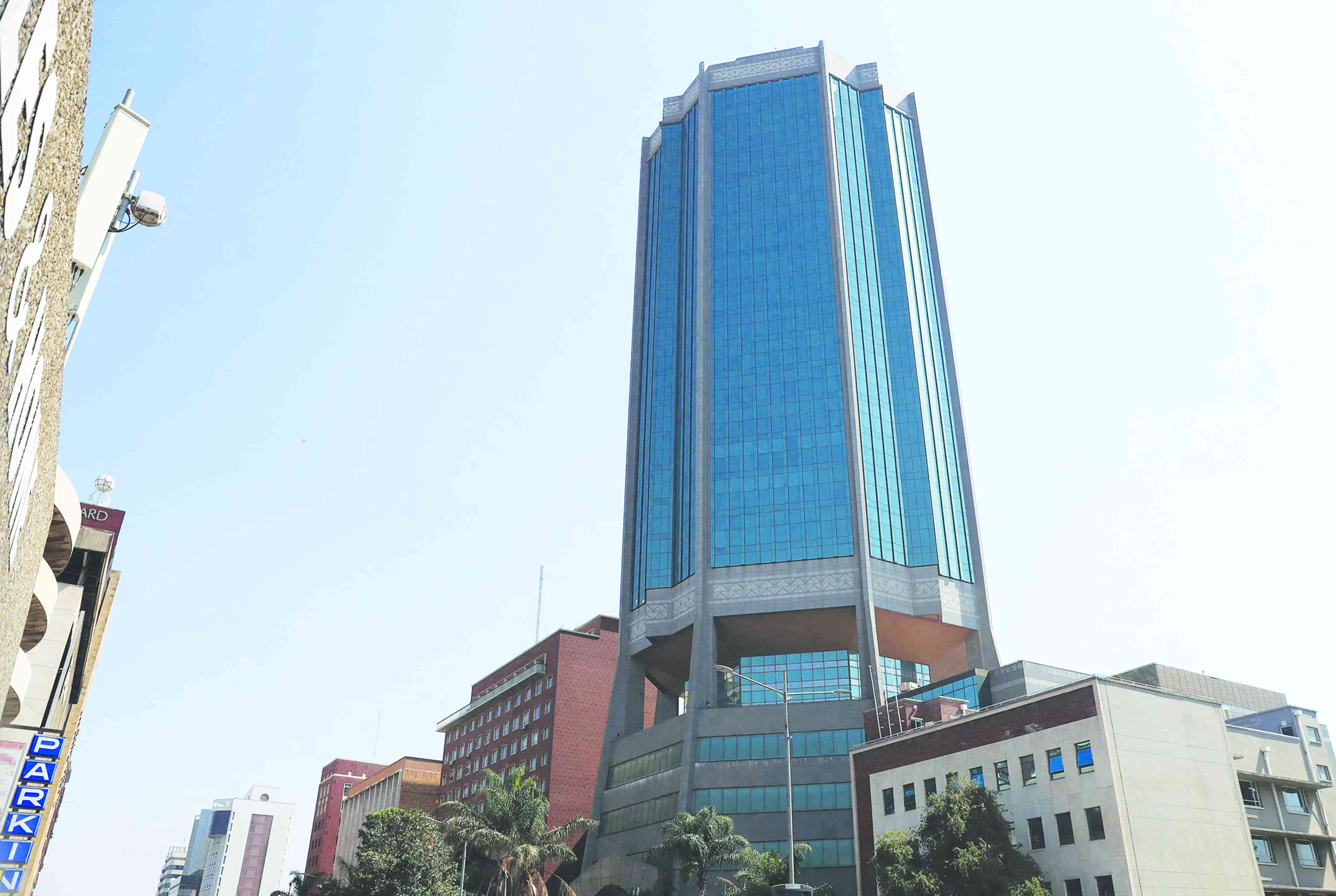
The world’s consumption of blueberries has been growing sharply in recent years and exporting nations have benefited immensely from the surge in demand. According to the International Blueberry Organisation (IBO), in 2021, 1,79 million tonnes of blueberries were produced (both wild and cultivated).
China, United States and Peru were the top producers, making up 468 220 tonnes, 328 180 tonnes and 261 730 tonnes, respectively. It is also noteworthy to state that there are less than 20 countries which produce more than 10 000 tonnes of the fruit annually.
Interestingly, some of the top producers are also great importers, since they cannot support their domestic consumption. US and China, for instance, imported as much as 259 000 and 29 597 tonnes, respectively.
This clearly creates a major advantage for producing nations which have the capacity to export. Zimbabwe is one such nation (with exports of 7 000 tonnes in the 2022- 23 season) and has a vibrant and rapidly growing blueberry sector, which can turn around the country’s fortunes, if expertly managed and supported.
State of Zim’s blueberry sector
In 2016, there was virtually no blueberry farming in the country. It is reported that cultivation started around 2018. It has since grown from that time to a level where 570 hectares were planted this year, with a production of between 6 500-7 000 tonnes.
The growth in land under cultivation and tonnes produced has been estimated at around 800% (for the five-year period) and 63% (yearly), respectively, from 2018, to date. This has made Zimbabwe have the fastest growing blueberry sector in the world (by exports and area under cultivation).
It is also crucial to state that, local production does not yet qualify for a place in the top 10 producing countries, although there is very strong potential for growth.
- Mavhunga puts DeMbare into Chibuku quarterfinals
- Bulls to charge into Zimbabwe gold stocks
- Ndiraya concerned as goals dry up
- Letters: How solar power is transforming African farms
Keep Reading
Most investors in the local blueberry sector are reported to be South African companies and farmers, who have experience from their similar enterprises in their home country.
There are also international companies, which have established contract farming arrangements with local farmers. Most prominent of them are BerryWorld, Fall Creek and Costa. They have found Zimbabwe to be an ideal base for their expansion since the country has excellent weather for the fruit’s development.
Local soils also have great renown for their compatibility with the plant. Zimbabwean labour is also desirable since it is cheaper and turns out to be more reliable and efficient. Moreover, the country has abundant high-quality water which further enhances growth and healthy produce.
Additionally, Zimbabwe’s product ripens much earlier than South Africa’s and most other producers in the world. It is reported that the local fruit matures about a month before major world output is ready.
Furthermore, the local blueberry season goes on to last three weeks later than South Africa’s, and other major world producers. Interestingly, local produce is of exceptional eating quality, according to feedback from export markets.
Some producers outline that further expansion will be difficult for them, if domestic loans are inaccessible and interest rates remain high. Borrowing will be essential for growth, since cultivated blueberries are reported to have quite high establishment costs.
Lessons from Peru
Peru is the largest global exporter. Similar to Zimbabwe, the country had zero exports in 2012. But within 10 years, it has managed to achieve 287 806 tonnes in exports, generating US$1,4 billion in 2022.
Just like Zimbabwe, the South American country has compatible climate, significant plots of land for large-scale cultivation, abundant irrigation systems and harvests a significant portion of its crop when there is much scarcity in the global market (between September and November).
However, it does not have as much natural advantages as Zimbabwe. For this shortfall, Peru has gone ahead to apply itself thoroughly in research work, around blueberry plant genetics, whilst huge agricultural companies have decided to robustly participate in the sector (which was new to them also), since 2013.
In 2011, a number of companies began to plant pilot (tentative) plots of blueberries. These include Inka’s Berries and Camposol (one of the largest agro-producers in the country). From then, they developed the most suitable varieties for local conditions.
To date, Camposol has about 3 000 hectares under cultivation, whilst the whole country has a total of 20 000 hectares. Small and medium-scale farmers are also adding to the sector's growth, with the government’s Free Trade Agreements (with US, China and the EU) ensuring that there is duty-free access to export markets.
There is also a supportive legislative environment, which promulgates laws such as the Agrarian Promotion Law, providing tax incentives and other support for all forms of blueberry producers. The sector has been so successful that, in 2022, about 135 000 direct jobs were sustained by it. This does not include much more jobs created through logistics, freight-forwarding, advertising, etc.
Going forward
Since Zimbabwe has more conducive conditions for farming blueberries, when compared to Peru, it is clear that the growth of Peru’s magnitude, is attainable.
This however requires sound planning, especially on the part of government, which has more responsibility for the tasks which need to be performed, to ensure growth.
Firstly, State Universities and the private sector need to be encouraged to expand genetic and other research, so that the best plants for the local conditions are identified. Harvests and crop quality may then turn out to be much higher than before.
Secondly, wild blueberries should be introduced into the country, particularly in the rural areas. These should provide sustenance to village locals who may end up supplying the domestic retail sector or the export market.
For those who may be startled at this, it may be sufficient to mention that the state of Maine in the US, harvests as much as 47 000 tonnes (2021 yield) of wild blueberries and depends on the fruit for a considerable size of its economic activity.
Secondly, state land, along the highways, may be leased out to prominent investors willing to cultivate the crop. Leases of between 10-20 years will ensure that producers can recover their costs and be profitable, along the way.
Highways will particularly be useful since the fruit needs a seamless logistical chain (to avoid decay, or damage). Those routes also offer an access to the country's electricity infrastructure, which will be less expensive for investors to establish a connection to the grid.
Moreover, such investments (along the highways) may lead to new cities and towns being established, which will resultantly reduce pressures on the existing old cities.
Thirdly, there is need to establish and utilise more Free Trade Agreements, for the duty-free export of local blueberry produce. In this regard, the trade protocol with China, which permits the export of local citrus products, should be expanded to include blueberries.
In essence, a trade protocol allows the importing country to make inspections which prove that Zimbabwean production is hygienic and up to standards.
Communal farmers should also be encouraged and assisted to cultivate the plant for the export sector. They can turn at least half of their land for export agriculture or form local blueberry farming co-operatives.
The government would then assist through providing extension services, centralized cold rooms (for preserving the fruit), and finding export markets. Foreign contractors (such as BerryWorld, etc), may also be encouraged to use some communal farmers, with the government acting as a guarantor of the transactions. In this regard, the Presidential Rural Horticulture Transformation Plan should particularly have bias towards such export agriculture.
Additionally, the Horticultural Export Revolving Fund, can be expanded and remodelled, for maximum and best results. For instance, it may be used to provide a 30% government-guarantee on private sector loans which support local blueberry producers.
This should work better, as the financial sector only issues loans to businesses which have collateral. Additionally, businesses (producers) will not default on their loans, since they will have a 70% stake in the debt (which is not covered by the government).
This means that they will lose their assets if they do not repay the loans. Clearly, defaulting on repayments of government financial support would be a thing of the past, with such mechanisms.
Furthermore, prominent local agricultural companies such as CFI Holdings and Ariston Holdings, should be encouraged and incentivised to participate in the sector. In order to produce world-class volumes, this will be crucial, since it is such corporations which have the financial muscle to sustain the targeted quantities.
Non-agricultural private corporations in the country should also be incentivised to venture into farming. It is in fact concerning that, there is a growing number of non-financial corporations (OK Zimbabwe, is a case in point) which are currently venturing into activities set aside for the financial sector.
The major worry in this is that, the country only has a US$3 billion financial sector. In other words, the “pie” is too small in the financial sector. Rather, such businesses should be encouraged to venture into export agriculture, including blueberry farming.
On the same note, international corporations such as Kellog company, Nestlé, Dole, Driscoll’s and Ardo Foods may need to be courted, to try out horticultural farming in Zimbabwe.
These corporations use considerable amounts of farm produce in their final products, whilst Ardo Foods is one of the most prominent fresh produce farmers (including blueberry production), in the world.
The government may also need to reduce or eliminate import duties, on inputs for blueberry farms. The National Export Strategy and Horticultural Recovery Growth Plan should also place more focus on the sector (blueberries), since it has the highest growth potential, of all domestic agricultural commodities.
Ultimately, the central bank and Treasury should ensure that annual inflation goes below 6%, since this makes the domestic banking sector receive more savings from the public. The available funds will then be used to support various economic sectors including blueberry farming, through the provision of bank credit.
Also, when there is macroeconomic stability, the central bank can then justifiably take 100% forex from producers, in exchange for local currency. There would not be negative ramifications for either party, when economic conditions are stable.
Freely-floating the local currency would also add to the reliability of the domestic business environment.
To conclude, Zimbabwe’s blueberry sector has grown in leaps and bounds, since 2018. However, annual production is still producing modest returns in absolute terms (between US$14-21 million).
Nevertheless, if the current growth is flawlessly sustained or increased, it is reasonable to achieve a US$1 billion blueberry sector, within the next 10 years. By making use of the outlined preconditions, the local blueberry sector can be as massive as Peru’s, or even greater.
It may also be noteworthy to repeat that, Peru itself, grew from zero blueberry exports in 2012, to US$1,4 billion in 2022 (in under 10 years).
Tutani is a political economy analyst. — [email protected]











